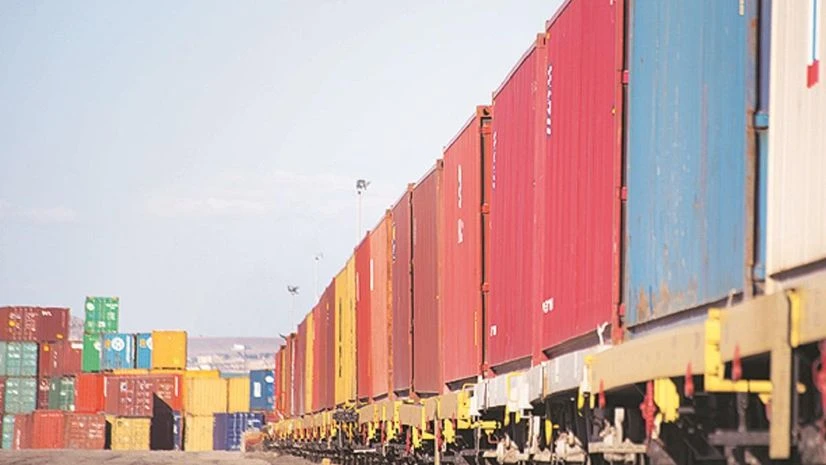India Plans to Expand Thermal Power Fleet to Meet Rising Demand
India intends to expand its thermal power fleet in response to an unexpected increase in demand, according to Power Minister Raj Kumar Singh. The nation plans to add nearly 88 gigawatts of new capacity by early 2032, a significant 63% increase from a previous plan announced in May.
Coal is expected to play a major role in this expansion, as gas-fired electricity generation is currently economically unviable due to high fuel costs. Ministry data reveals that gas-based electricity plants have operated at just 15% capacity so far this fiscal year, accounting for approximately 25 gigawatts.
R. Srikanth, a professor of energy and climate at the National Institute of Advanced Studies in Bangalore, believes that expanding coal-based power is currently India’s only viable option. He explains that round-the-clock clean energy supply requires storage technology, which India lacks in both scale and affordability.
India’s maximum power demand has consistently exceeded the Ministry’s projections this year, reaching 229 gigawatts multiple times. The peak demand is expected to rise to 366 gigawatts by the end of the fiscal year in March 2032, up from 243 gigawatts this year.
This expansion reflects India’s effort to meet its growing energy needs and ensure a stable power supply for its population.
Source: Newsearay,
The government is actively considering expanding the coal power fleet to address the escalating demand for electricity, according to a recent report. The surge in energy requirements, driven by population growth and industrial development, has prompted authorities to explore this option. The proposed expansion intends to bolster the existing coal power infrastructure, ensuring sufficient electricity supply to meet the soaring demand. However, the decision has raised concerns regarding the environmental impact of coal-based generation and its contribution to climate change. The government will need to carefully balance the need for increased energy production with sustainable and cleaner alternatives.
)
)
)
)